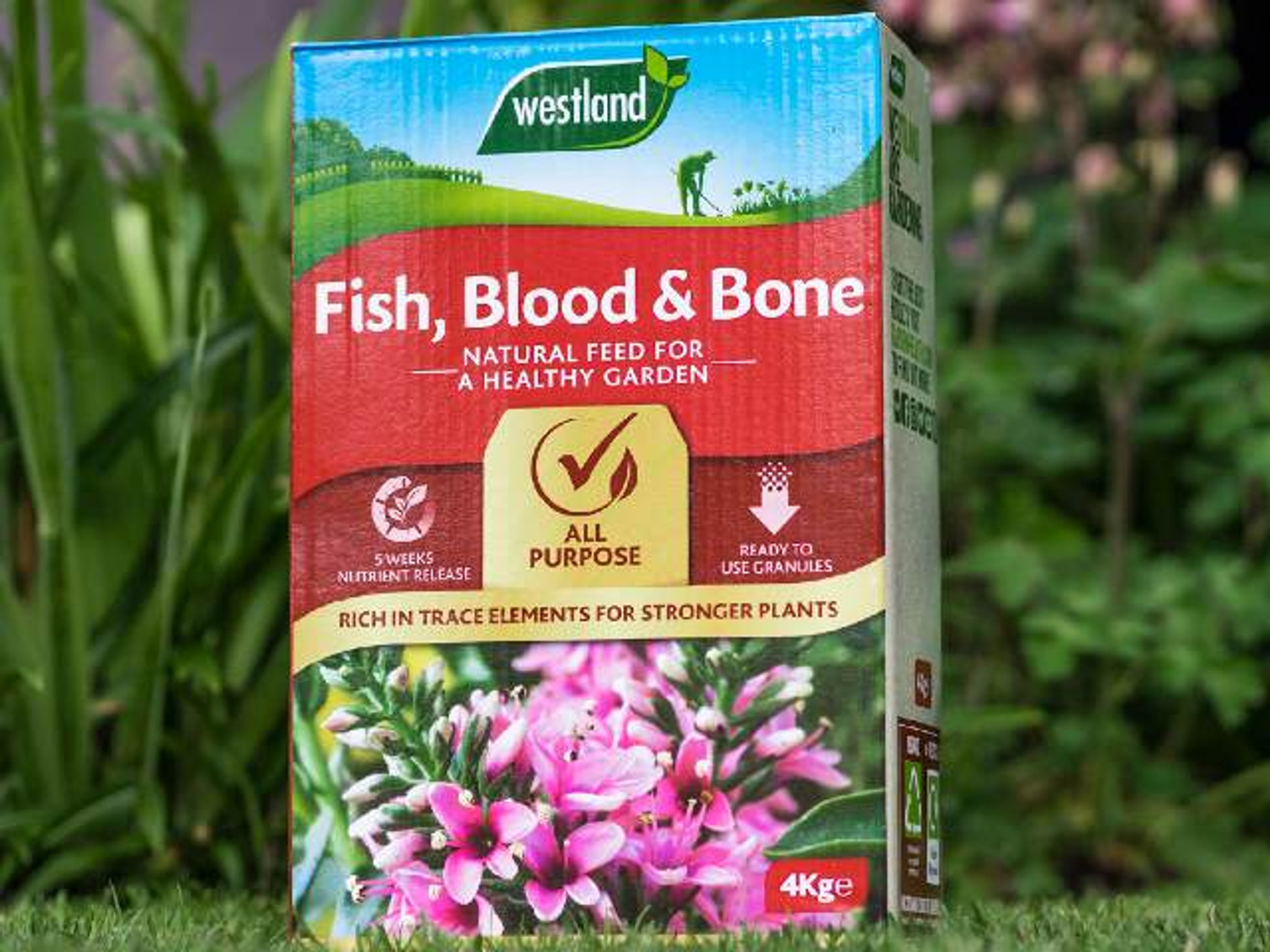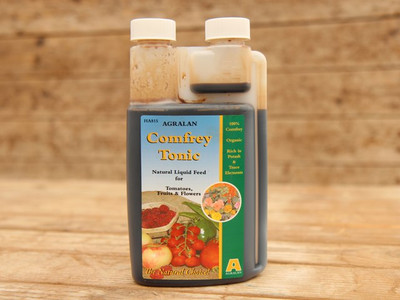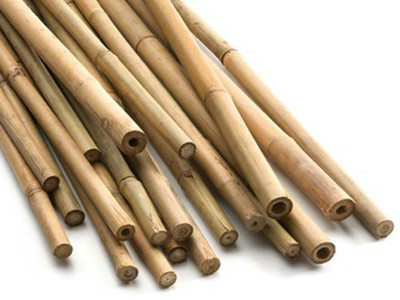Planting Summer Flowering Bulbs

Many of you will have noticed it is no longer Autumn, so clearly planting tulips and daffodils aren't an option at the moment. The great news is there are a whole range of Spring-planted bulbs like dahlias and lilies that are planted from March onwards (earlier if started in pots) and give the same favourable ratio of work-to-reward as the Autumn planted ones.
Apart from how easy they are to grow, there are a number of other advantages to Spring-planted flower bulbs.
- They are tall, showy plants with long stems and rich colours, so make excellent cut flowers.
- They are ideal for pots and container growing so a great choice for around the house.
- They have a relatively long and late flowering window so add vibrant colour to a late Summer garden when others are fading.

Dahlias: Back in Vogue
Dahlias had become rather unfashionable (they were seen as old fashioned and brash), but they have enjoyed a big revival over the last ten years. There are a number of reasons for the renewed appreciation which include new, more interesting varieties and the growing popularity of cut flowers, but I think the biggest catalyst has to be the social media platform, Instagram.
If you are not familiar with this new dahlia wave, you are probably thinking of gardens in the 70's or 80's (if you are as old as me) packed with brightly-coloured blooms, all competing for attention and nearly tearing your eyes out of your head (see above). Well, things have moved on since then. Below you see the subtly soft dinner-plate variety 'Cafe au Lait' which is about as far removed from the 1980's visual assault as it is possible to be.

But why Instagram? Because the flowers, which are most commonly bought as tubers (giving a head start), are easy to grow for relatively inexperienced gardeners - and they photograph really, really well. Dahlias are also some of the lowest maintenance, highest production cut flowers and garden plants you can grow, giving a great return on investment both in time and money.
This beautiful basket contains the cactus variety 'cabana banana' which shows just how impressive these plants are as cut flowers. Even in the first year you will get multiple blooms from each dahlia tuber; but as the years progress the number of tubers will grow, as will the number of flowers. Dahlias are not frost hardy and are generally lifted and stored in boxes over winter, at which point they can be divided to further increase your stock for the next season.

Cactus varieties are so called because of their spiky, tubular petals which look like sea anemones when the flowers first open, but become more loosely furled as above when they mature. As well as stocking three of my favourite cactus varieties, we are also carrying a small but select range of ball, dinner-plate, decorative peony and anemone flowering types: so you can fully appreciate the scope of these flamboyant flowers.
I am not sure where the fashion for planting so many brightly-coloured dahlias together came from. It seems an odd thing to do considering they are such dramatic plants. In the same way that you wouldn't eat a whole pot of jam on its own, the candy-coloured dahlia blooms look much better when mixed with a palette of more muted colours (the bread to your jam).

Maybe not the best example, but you can see how well the peachy colours above look with the straw coloured grasses behind. It's also worth remembering that dahlias start blooming in July and will continue into October, so are flowering through the period when grasses are seeding and are at their feathery best.

Just to be accurate, dahlias and lilies don't grow from true bulbs they are actually corms or tubers. The main difference is bulbs (tulips, daffodils and onions) are fleshy and have different layers while corms and tubers are solid all the way through like a potato. The method for planting is more or less the same for dahlias and lilies except lilies go in a bit deeper.

Starting Spring Planted Bulbs Off Early
You can adjust the flowering time of Spring planted bulbs by starting them off in pots in early March or planting them directly in the ground in late April or May (when all risk of frost has passed). Plants started early will flower 4-6 weeks before those planted outside. The other advantage of starting plants in pots is protection from frost and slugs.
Lilies aren't so bad, but new dahlia shoots are very prone to frost and slug damage so they require some tedious looking after. Potted plants, on the other hand, can be kept indoors and planted out at a decent size in warmer weather. The larger plants will be able to handle a few slug attacks, whereas a newly emerging shoot will not.

Envirofleece 30g Heavy Duty Winter Garden Fleece
View ProductTo start, plants in pots use a general purpose compost in an 8 inch diameter pot. Keep the compost moist and place in a bright porch or sun room. If placing in a greenhouse or polytunnel, cover with fleece if a hard frost is forecast.

Planting Dahlias
Dahlias are highly productive plants so will need good soil and full sun to produce top quality blooms. They will also need good drainage, so if you have a heavy clay soil dig a hole a little deeper than normal and add a layer of grit before planting. If very wet, use raised beds or large pots instead.
For all varieties, make a hole 15 to 20cm deep and place the tubers in it with the growing buds (eyes) facing upwards. More compact varieties can be spaced 60cm apart, while taller varieties should be given 90cm.

Westland Fish, Blood & Bone Meal
View ProductAfter 2-3 weeks add a light dressing of blood, fish and bone meal. Unless your soil is absolutely fabulous, feed every 2 weeks or so with a liquid feed (tomato feed will do the trick).

Growing Dahlias for Cut Flowers
Of course (back to Instagram), dahlias have to be one of the best choices for cut flowers due their size, shape and colour, and the fact that they grow on long, sturdy stems ideal for a vase. Regular cutting will also encourage your plants to produce more flowers, so it is a 'win win' all round.
Dahlia flowers have a medium vase life, usually 5-7 days. Be aware that buds don't open once cut like peonies, so there is no advantage to taking immature flowers to prolong flowering time. It is best to harvest when flowers are 3/4 open or fully open, and before the oldest petals at the back of the blooms has started to die back.
By the way you will often see dahlia buds in flower arrangements (as above and below), but this is for the contrasting lime-green colour and natural look that they offer rather than the hope that they will open.

It is also best to cut flowers early in the morning or in the evening when temperatures are cooler and the plants aren't working so hard to draw up water. Another trick is to cut the stems long (60-70cm) and to place them immediately in a bucket of lukewarm water.
When you are ready to transfer flowers into their vase, cut the stems to the required height under the water and at an angle. The reason for this is that - as dahlias are hollow stemmed plants - an air bubble can get trapped in the bottom of the stem which prevents water moving upwards. By cutting the stem under water, the bubble is removed without letting in any more air. The reason for the angle cut is to have a larger aperture to take in water, and so the base of the stem doesn't sit flat on the bottom of the vase.
The freshly cut armful above, by the way, is wonderful cottage garden style variety 'Take Off', an anemone flowered dahlia which will look great in an wilder, more informal garden.

Planting Dahlias in pots
Dahlias can be grown successfully in pots and make an excellent patio plant, provided the pot is big enough and you keep your plants well-fed.
As regards pots, the bigger the better but aim for a diameter of at least 30-40cm. You can use a good multipurpose compost and mix in a handful of blood, fish and bone for good measure. Bear in mind the plants are getting all their nutrients from a relatively small volume of compost, so regular liquid feeding every two weeks is even more relevant for pots.

Ecofective Organic Tomato Feed 1.5 Litre Concentrate
View ProductRemember many dahlia varieties are tall plants with heavy blooms, so supporting potted specimens is important as they have no companions to lean on. A couple of lengths of bamboo with soft ties will help keep them upright. A cane ring can be used for large clumps.

To increase flowering pinch out the growing tips back to a pair of leaves when the plant is about 40cm high. The plant will become more bushy and will flower more freely.
If you want larger flowers for cut flowers, you can remove entire flowering stems to leave between 3 and 5 only. Removing smaller buds below the primary bud will also divert energy to the main flower with the same effect.

When to plant Dahlias
Dahlias are planted out in May when all risk of frost has passed, but they can be started off in March if you have a greenhouse, polytunnel or bright porch. Tubers received now are best stored in pots of dry compost and kept indoors in a shed or similar to protect from frost.
If starting dahlias early under cover in March, the compost in the pot just needs to be moistened (but not soaked) to trigger growth. If freezing temperatures are forecast, pots may need to be temporarily moved indoors.
Storing Dahlia Tubers
As we've said Dahlias are frost-tender and attractive to slugs, so in most cases it is advisable to lift the tubers in Autumn and store in a frost-free place over Winter. They can be kept in pots of compost if you are feeling especially kind, but do just as well 'naked' in boxes or crates.
Planting Lilies
The procedure for planting lilies is more or less the same as above, except lilies are not as frost-tender and don't light up a slug's taste buds like dahlias do.
Lilies grow best with their head in full sun but their roots cool and shaded; so plant the tubers deep (up to 3 times the height of the bulb) and mulch in hot summers. For lilies planted out, growing a ground cover plant around them helps keep roots cool. For potted lilies choose good, deep pots.

Lilies are also very tall plants with multiple blooms on each stem: so staking is advised for those planted in beds, and essential for those in pots.

Bamboo Canes 1.2m - Pack of 20
View ProductRemove any blooms that begin to fade, this prevents the plants from producing seed and dying back. For lilies planted permanently in beds, it is a good idea to continue feeding for 4 weeks after flowering to build up the bulbs for next year.
There is no need to lift tubers in Autumn, but it is advisable to apply a protective mulch to delay ground frost. Once plants become established, you can divide tubers just before growth begins in Spring and plant elsewhere in the garden.

Peonies
Peonies are slower to establish than dahlias and, if you want the most productive plants, need to be viewed as a long-term investment. Those grown by commercial flower farmers are usually prevented from flowering (by cutting the buds off) for the first 3 years to build the largest possible root mass. The upside is that, once well established, peonies will continue to flower for many, many years; there are plants in historic gardens that have been flowering for over 100 years!

For the home grower who doesn't need the level of production that a flower farmer requires, the four year wait is not necessary. It is, however, worth preventing full flowering in the first year to allow the plants to become established. The reward will be a fuller bloom in the subsequent years.
Peony Flowering
Unlike dahlias which flower in late summer and autumn, peonies are much earlier: with a flowering window between late April and early June, May being the month when they are at their best.
Peonies can be cut just when the buds are beginning to open and will open fully in the vase, so they can be picked early to prolong indoor flowering. The buds will also keep for 4-6 weeks if placed in a bag in the fridge (not in water), and will bloom when taken out and placed in a vase.

When to Plant Peonies
Peonies are planted between October and March: ideally when the soil is still warm in October, or for tubers in March when temperatures are beginning to rise. It is possible to plant in the winter months unless the soil is frozen or too wet (too wet is likely), but I think it is better to pot up tubers in a large container until conditions are favourable.




